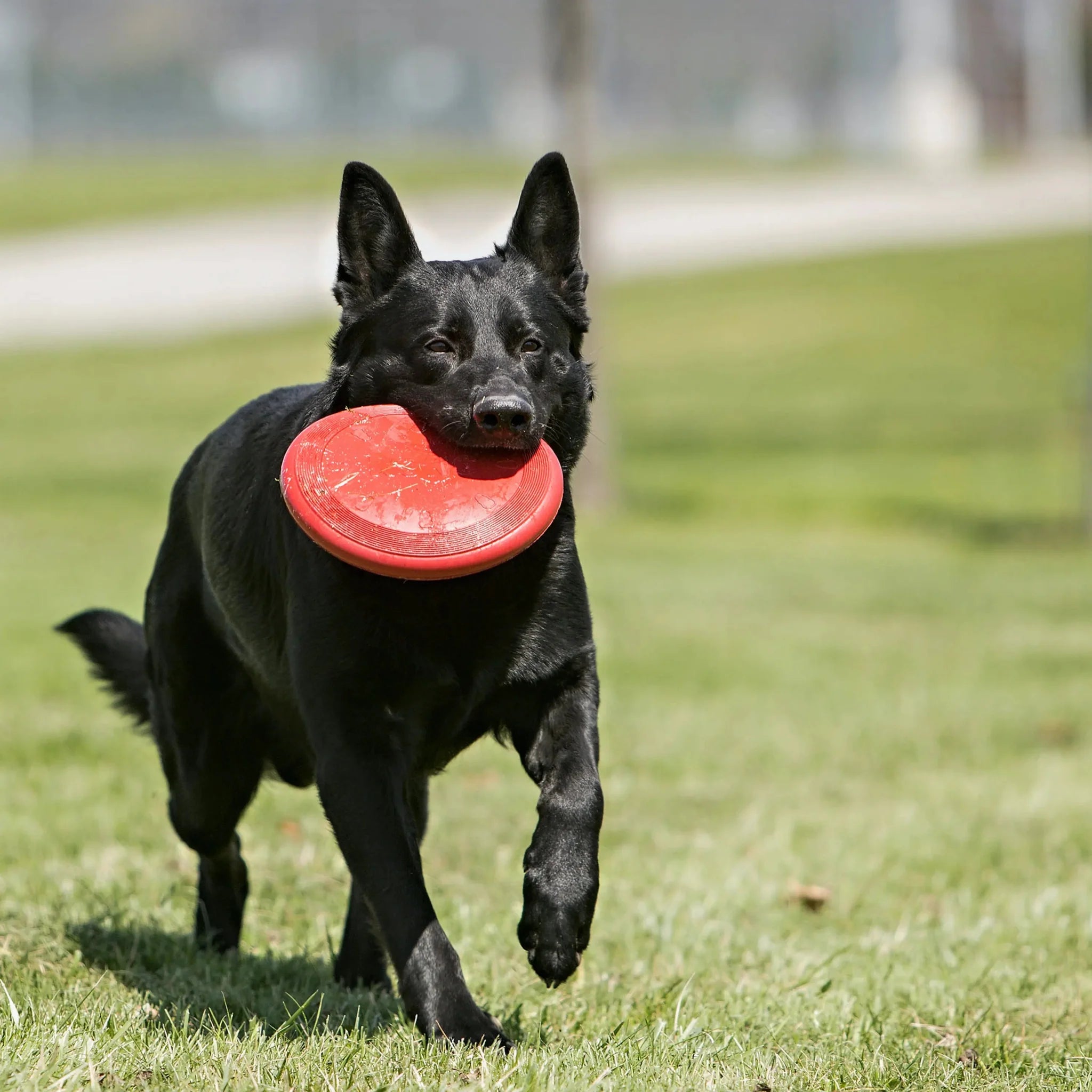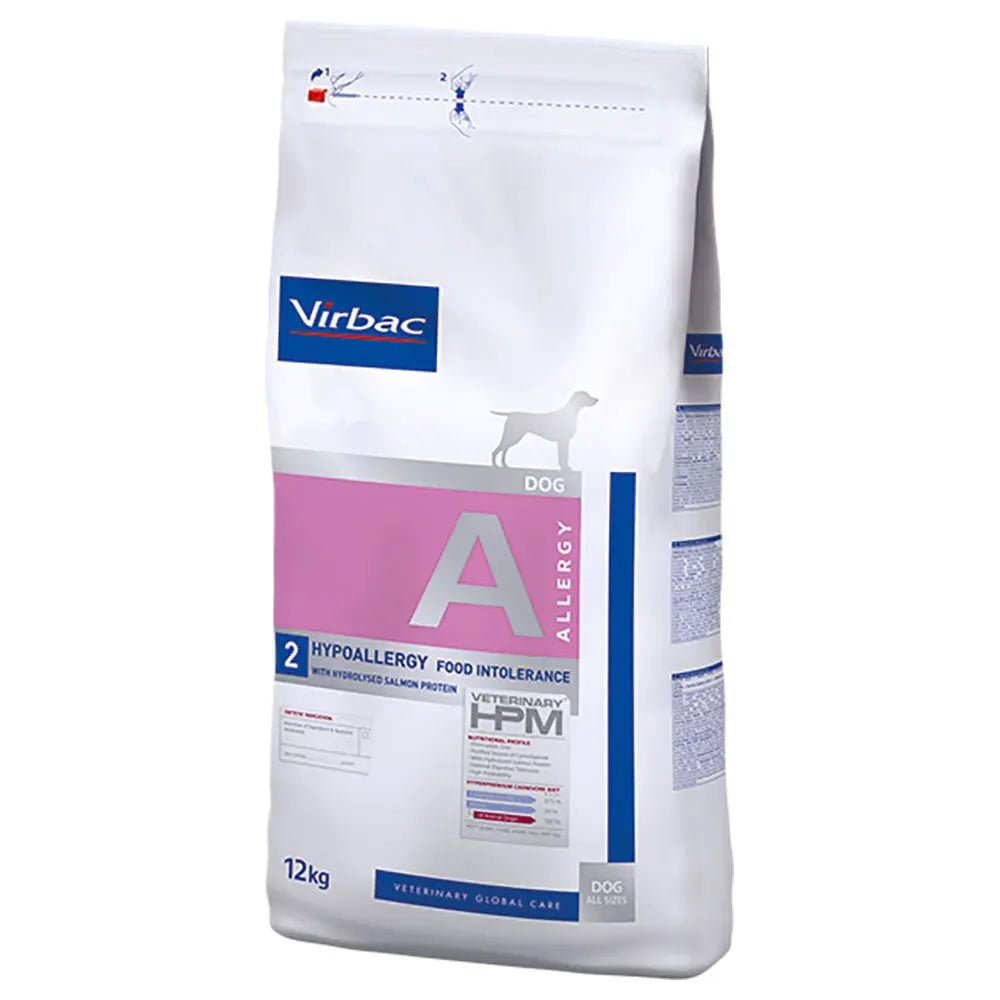Just like us humans, our dogs can suffer from allergies and experience bothersome symptoms. In order to provide the best possible care for our four-legged friends, it is therefore important to be aware of the symptoms of allergies in dogs and how to make arrangements to give Fido a happy life.
Symptoms of allergies in dogs
Allergies in dogs are actually quite common, and are just as bothersome as they are for us humans. Unfortunately, your dog doesn't have the ability to tell you about itching, watery eyes, and sniffling, so it's important that you as the owner are observant and know what to look for.
Allergies occur when a dog's immune system overreacts to certain substances in the environment, called allergens. These allergens are found outdoors, such as pollen and grass. Other allergens, however, are found indoors, such as dust mites and mold spores. Some dogs can also develop allergies to certain foods.
General symptoms of allergies in dogs:
Allergies in dogs can manifest themselves in different ways, and symptoms can range from mild to more severe. Some common symptoms of allergies in dogs may include:
- Itching and frequent licking or biting of skin and paws
- Red, irritated, or inflamed skin
- Ear infection, with redness and itching in the ears
- Hair loss and skin lesions
- Recurrent skin and ear infections
- Sneezing and watery eyes
- Vomiting or diarrhea
If you are allergic to dogs, check out our list of hypoallergenic dogs .
Different types of allergies in dogs
In our faithful furry friends, allergies can manifest themselves in different ways, just like in us humans. Signs of allergies in dogs can vary, and we divide allergies into different types, depending on what triggers the allergic reaction. The four types of allergies in dogs are food allergies, inhalant allergies, contact allergies, and flea bite allergies.
Food allergy
Food allergies can occur suddenly, even in dogs that have been eating the same dog food for years. This is a common cause of allergic reactions in the form of skin problems, and the most common allergens include eggs, wheat, fish, pork, chicken and milk. Typical symptoms of food allergies include itchy paws, armpits and ears, but also stomach and intestinal problems such as vomiting and diarrhea. Some dogs may have many of these symptoms, while others experience only a few.
It can be difficult to determine food allergies through testing, so the allergy is usually diagnosed through what we call an elimination diet. This involves switching to a food with a different protein source that the dog's body is not familiar with, or a special food developed for allergic dogs, and following the diet for at least 8 weeks.
Inhalant allergy
The most prominent symptom of inhalant allergies in dogs is severe itching. This can also be referred to as environmental allergies or seasonal allergies and means that the dog can react to pollen, dust mites, mold or even cigarette smoke, just like we humans can. If the allergy is seasonal, the symptoms are usually limited to certain periods of the year. For example, dogs that react to outdoor allergens such as pollen will itch most in the spring and summer months. Dogs that react to indoor allergens, such as dust mites, will itch most in the winter months when there is a dense indoor environment with less ventilation.
The treatment of this type of allergy can vary and include the use of special shampoos , anti-itch and anti-inflammatory medications, or preventive allergy vaccination.
Contact allergy
Contact allergies occur when the dog's skin comes into contact with substances or materials that it cannot tolerate, which causes an allergic reaction. This can be, for example, wool in the dog bed , metal details on the collar or similar. Usually, contact allergies only cause local symptoms in the form of itching around the affected area. Once you have found out what the dog is reacting to, the treatment is quite simple: avoid further contact with this allergen.
Flea bite allergy
Dog fleas are rare in Norway today, but dogs traveling abroad can become infected with fleas. Furthermore, we can assume that fleas may become more widespread in the future due to increased travel activity and climate change. Flea bite allergy means that the dog has an allergic reaction to the flea's saliva.
Most dogs without flea allergy experience only mild irritation from flea bites, but a dog that is allergic may experience a more severe reaction and intense itching. The best treatment for flea allergy is regular preventative treatment with antiparasitic medications. In addition, most tick medications are effective against fleas.
Diagnosing allergies in dogs
When it comes to diagnosing allergies in dogs, the process will vary depending on the severity of symptoms, the type of symptoms, and other individual factors. Your veterinarian will usually first perform a physical examination of your dog, and then obtain information about your pet's medical history from you as the owner. This helps identify possible triggers for allergic reactions. In some cases, further diagnostic tests may be necessary.
Often the first step is to rule out the possibility of a food allergy in the dog. If a food allergy cannot be detected, it is natural to proceed with tests to detect possible allergies to environmental components. This is done by taking a blood sample and/or a "prick test" in the skin. These tests will show whether the dog suffers from an atopic allergy, either by showing high levels of antibodies in the blood or by the prick test leading to an allergic reaction. The goal is to detect any atopic allergy and identify which allergens the dog is intolerant to.
Treatment
Allergic dogs may need individually tailored treatment with various medications, vaccines and fatty acid supplements. It is important to work closely with your veterinarian to achieve the best possible results from the treatment. The prognosis is positive for most allergic dogs. Are you wondering if Fido could be allergic? At our veterinary clinic in Larvik you can easily book an appointment online .















